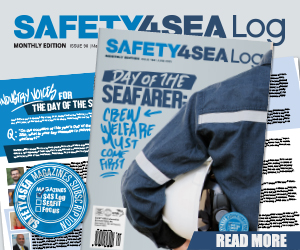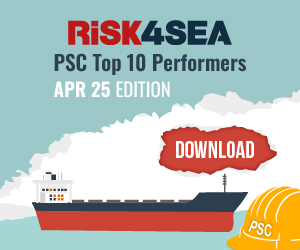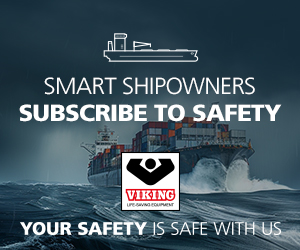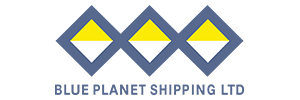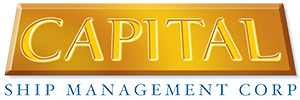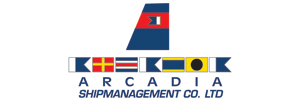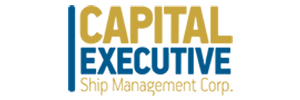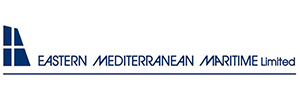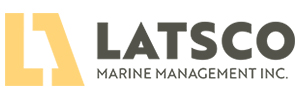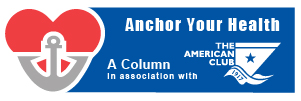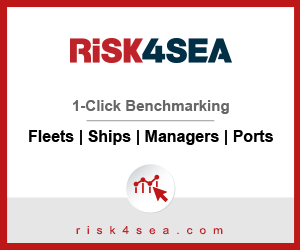Maersk and IBM announced that the name of their joint blockchain venture will be named TradeLens. In addition, the joint venture now counts 94 partners. TradeLens aims to move all administrative processes and transactions associated with one container shipment to the internet.
As explained, the current situation in the shipping industry faces a lot of problems, such as:
- Inconsistent data and inequitable sharing of information across supply chains;
- Continued “blind spots” across organizations and geographic boundaries;
- Complex, cumbersome and often expensive peer-to-peer messaging;
- Too many manual, time-consuming processes that increase costs and delay cargoes;
- Inefficient clearance processes which can open the door to fraud.
TradeLens will try to address these issues and says that it will be able to offer the following:
- Improved efficiency which equals lower costs;
- Improved effectiveness as the on-time cargo will be increased;
- Improved data security, limiting risks;
- Increased market opportunity.
Namely, according to the World Economic Forum, by cutting obstacles within the international supply chain, global trade could increase by almost 15%, and this is the number that the venture aims for.
[smlsubform prepend=”GET THE SAFETY4SEA IN YOUR INBOX!” showname=false emailtxt=”” emailholder=”Enter your email address” showsubmit=true submittxt=”Submit” jsthanks=false thankyou=”Thank you for subscribing to our mailing list”]
In addition, the global trade digitisation solution with blockchain will enable the real-time exchange of original supply chain events and documents through a secure digital infrastructure, or data pipeline, that connects supply chain participants from shippers and logistics providers to customs authorities, allowing greater visibility and flow of important information, with much greater security.
For shippers, the solution can help reduce trade documentation and processing costs and help eliminate delays associated with errors in the physical movement of paperwork. It will also provide real time insight into cargo as it advances through the supply chain.
For customs authorities, the solution will give real time visibility, significantly improving the information available for risk analysis and targeting, which will lead to increased safety and security as well as greater efficiency in border inspection clearance procedures.
Blockchain, an immutable, security rich and transparent shared network, provides each participant end-to-end visibility based on their level of permission.
Each participant in a supply chain ecosystem can view the progress of goods through the supply chain, understanding where a container is in transit. They can also see the status of customs documents, or view bills of lading and other data.
Detailed visibility of the container’s progress through the supply chain is enhanced with the real time exchange of original supply chain events and documents.
No one party can modify, delete or even append any record without the consensus from others on the network.
This level of transparency helps reduce fraud and errors, reduce the time products spend in the transit and shipping process, improve inventory management and ultimately reduce waste and cost.










































